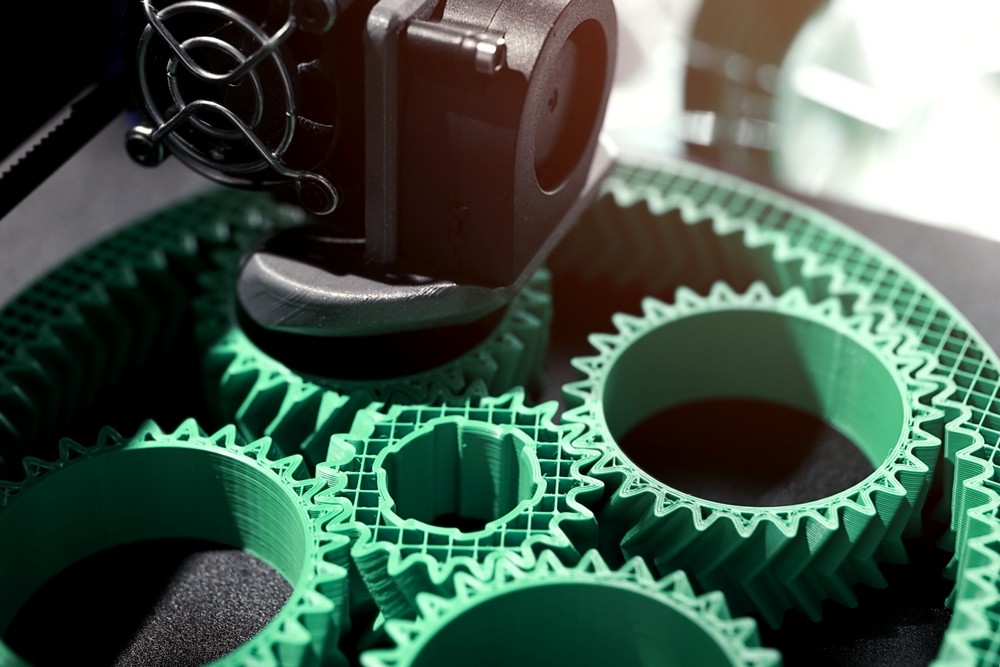Imagine a world where you can create almost anything you desire right in the comfort of your home. The expansive world of 3D printing brings this idea to life, transforming the way we think about manufacturing, crafting, and creativity. From customized gifts to practical household items, this technology provides immense opportunities for savings and personalization.
3D Printing
3D printing, or additive manufacturing, is a process of creating three-dimensional objects from a digital file. The printer builds the object layer by layer using a variety of materials such as plastic, metal, or resin. Unlike traditional manufacturing methods, which often involve subtracting material to achieve the desired shape, 3D printing adds material, which can result in less waste and greater efficiency.
At the heart of 3D printing is versatility; whether you need a replacement part for a broken appliance or want to design your own intricate piece of jewelry, the creative possibilities are virtually endless. With an increasing range of affordable models designed for consumer use, 3D printers have become a viable option for many everyday innovators.
Cost Savings and Practical Advantages
One of the most compelling reasons consumers may opt for a 3D printer is the potential for cost savings. The initial investment in a 3D printer may seem significant, ranging from a few hundred to several thousand dollars depending on the model and capabilities. However, once purchased, the long-term benefits can overshadow the upfront costs.
- Replacement Parts: Consider the cost of replacing broken parts in household items. With a 3D printer, you can manufacture your own parts customized to fit exactly, potentially saving hundreds in repair or replacement costs. In essence, if something breaks, you can print a solution right at home.
- Personalized Gifts and Crafts: Imagine having the ability to design and print personalized gifts for your loved ones. Whether it’s customized phone cases, ornaments, or figurines, the creations can be unique and tailored to individual preferences, often at a much lower price point than purchasing similar items from a retailer.
- Prototyping: If you are an inventor or simply have an idea that you’d like to bring to life, a 3D printer allows you to prototype your concepts quickly and economically. This can be especially beneficial for small businesses or entrepreneurs looking to test products before investing in full-scale production.
- Education and Skills Development: 3D printing also serves as a valuable educational tool. It encourages the development of skills such as design thinking, engineering, and mathematics, offering hands-on learning opportunities that are challenging to replicate in the traditional classroom setting.
Choosing the Right 3D Printer
Deciding which 3D printer to purchase can seem overwhelming due to the number of options available on the market. Here are several factors to consider to help guide your decision:
- Purpose: Consider what you intend to use the printer for. If your aim is to print small decorative items, a desktop FDM (Fused Deposition Modeling) printer could suffice. For those needing high-resolution prints with complex details, an SLA (Stereolithography) printer might be more appropriate.
- Materials: Different printers are compatible with different materials. FDM printers typically use filament-like PLA or ABS, while SLA and DLP (Digital Light Processing) printers use liquid resins. Depending on your projects, the material can influence both the print quality and durability of your creations.
- Size and Build Volume: Determine the size of the objects you plan to print most frequently. A larger build volume provides more flexibility, but it also means a larger printer, which might be a consideration if space is limited.
- Budget: Beyond the initial purchase price, consider operational costs like material consumption and maintenance. Compare warranties, service options, and community support for the models you’re considering, as these can greatly impact your long-term satisfaction with the purchase.
Applications Across Various Industries
The impact of 3D printing stretches beyond personal use into various industries, offering intriguing possibilities and innovations:
- Healthcare: In the medical field, 3D printing is used to produce anatomical models for surgical planning, prosthetics tailored to a patient’s needs, and even bioprinting of tissues for research.
- Automotive: Automakers benefit from 3D printing by producing prototypes and complex parts quickly and cost-effectively, allowing for quicker innovations and personalized adjustments in manufacturing.
- Aerospace: The aerospace industry leverages 3D printing for the manufacturing of parts that require high precision and durability, enabling reduced weight and cost savings on materials.
- Fashion and Design: Designers use 3D printing to create intricate patterns and prototypes, enabling innovative creations that redefine what is possible within the realm of textiles.
Environmental Benefits
The environmental impact of 3D printing is another important consideration for the eco-conscious consumer. By minimizing waste through additive manufacturing, 3D printing can result in less material usage overall compared to traditional subtractive methods. Localizing production through personal 3D printing can decrease carbon emissions associated with shipping and large-scale manufacturing.
Many 3D printers now support biodegradable materials such as PLA, which is made from renewable resources like corn starch and sugarcane. Using such materials contributes to a more sustainable printing process, reducing the environmental footprint of each project.
Embracing Creativity and Innovation
3D printing empowers individuals to unleash their creativity, bringing abstract ideas to tangible reality. It fosters a culture of innovation, encouraging users to think outside the box and find new solutions to conventional challenges. By investing in a 3D printer, you gain access to a community of like-minded individuals who share designs, troubleshoot issues, and collaborate on projects through online platforms like Thingiverse and MyMiniFactory.
The Future of 3D Printing
As this technology continues to grow, the future of 3D printing holds even more promise. We can expect advancements that will further reduce costs, extend material possibilities, and improve printing speed and quality. This progress means greater accessibility for consumers and increased adoption across various sectors.
The push towards open-source printing technologies and community-driven innovation is likely to expand, democratizing access and encouraging even more individuals to explore their own creative potential.
For those willing to embrace the learning curve, a 3D printer can serve as a gateway to a world that inspires endless experimentation and innovation. Though the initial investment requires thoughtful consideration, the potential rewards in terms of creativity, savings, and satisfaction make this technology a compelling choice for individuals eager to explore the possibilities of making almost anything their heart desires.



